What Are The Disadvantages Of Digital Camera ?
Some disadvantages of digital cameras include the initial cost, as they can be more expensive than film cameras. Additionally, digital cameras require batteries or a power source, which can be inconvenient if they run out of power. Another disadvantage is the potential for image quality loss due to compression or low-resolution settings. Digital cameras also have limited storage capacity, requiring users to regularly transfer or delete photos. Finally, digital cameras can be more complex to operate compared to point-and-shoot film cameras, requiring users to learn about settings and functions.
1、 Limited dynamic range and image quality compared to film.
One of the main disadvantages of digital cameras is their limited dynamic range and image quality compared to film. Film has the ability to capture a wider range of tones and details in both highlights and shadows, resulting in a more balanced and natural-looking image. Digital cameras, on the other hand, often struggle with high contrast scenes, leading to blown-out highlights or loss of details in shadows.
However, it is important to note that digital camera technology has come a long way in recent years, and many high-end digital cameras now offer improved dynamic range and image quality. Manufacturers have developed advanced sensors and image processing algorithms that allow for better tonal range and more accurate color reproduction. Additionally, the introduction of RAW file formats has provided photographers with greater flexibility in post-processing, enabling them to recover more details from both highlights and shadows.
Another disadvantage of digital cameras is their reliance on batteries and memory cards. Unlike film cameras, which only require a roll of film, digital cameras need a constant power source and sufficient storage space. This means that photographers need to carry extra batteries and memory cards, which can be inconvenient and add to the overall cost of using a digital camera.
Furthermore, digital cameras are more prone to sensor dust and scratches. The sensor in a digital camera is exposed every time the lens is changed, making it susceptible to dust particles and scratches. This can result in visible spots or blemishes on images, requiring regular sensor cleaning or professional servicing.
In conclusion, while digital cameras have made significant advancements in recent years, they still have some disadvantages compared to film cameras. Limited dynamic range and image quality, reliance on batteries and memory cards, and susceptibility to sensor dust and scratches are some of the drawbacks that photographers need to consider when using digital cameras. However, it is important to note that these disadvantages can be mitigated to some extent with the use of high-end equipment and proper maintenance.
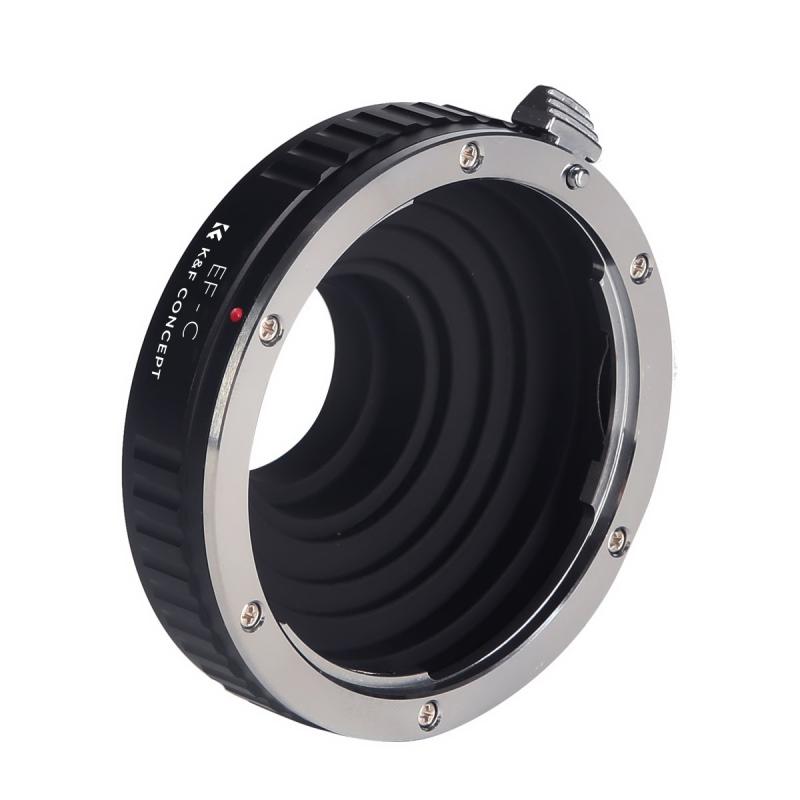
2、 Higher initial cost and ongoing expenses for equipment and storage.
The digital camera has revolutionized the way we capture and store photographs. However, like any technology, it also has its disadvantages. One of the main drawbacks of digital cameras is the higher initial cost and ongoing expenses for equipment and storage.
Compared to traditional film cameras, digital cameras tend to be more expensive. The cost of a high-quality digital camera can be quite significant, especially for professional photographers or enthusiasts who require advanced features and capabilities. Additionally, there are ongoing expenses associated with digital cameras, such as memory cards, batteries, and accessories. These costs can add up over time, making it a less affordable option for some individuals.
Another disadvantage of digital cameras is the need for storage space. Digital photographs take up a significant amount of memory, especially if they are captured in high resolution. This requires photographers to invest in additional memory cards or external hard drives to store their images. Furthermore, the need for backup storage becomes crucial to prevent the loss of precious memories in case of equipment failure or accidental deletion.
Moreover, the rapid advancement of technology means that digital cameras can quickly become outdated. Newer models with improved features and higher megapixel counts are constantly being released, tempting photographers to upgrade their equipment. This can lead to a never-ending cycle of purchasing new cameras, lenses, and accessories, resulting in a continuous financial burden.
In recent years, smartphones have also become a popular alternative to digital cameras. With the advancement of smartphone camera technology, many people find it more convenient to rely on their phones for photography. This has further impacted the market for digital cameras, as they face competition from increasingly capable smartphone cameras.
In conclusion, while digital cameras offer numerous advantages, such as instant image preview, easy sharing, and editing capabilities, they also come with their fair share of disadvantages. The higher initial cost and ongoing expenses for equipment and storage, along with the constant need to upgrade, can make digital photography a costly hobby or profession. However, it is important to note that these disadvantages may vary depending on individual needs and preferences.
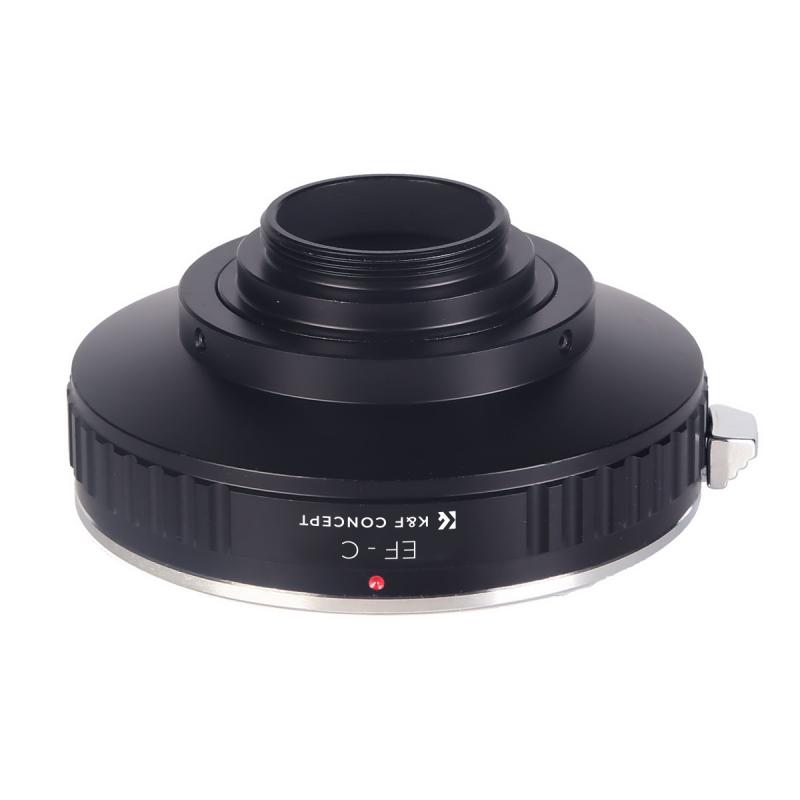
3、 Vulnerability to data loss or corruption.
One of the disadvantages of digital cameras is their vulnerability to data loss or corruption. Unlike traditional film cameras, which store images physically on film negatives, digital cameras store images as digital files on memory cards or internal storage. This digital format makes the images susceptible to various risks that can result in data loss or corruption.
One common risk is accidental deletion. With the ease of navigating through images and deleting unwanted ones, it is possible to mistakenly delete important photos. Additionally, formatting the memory card without proper backup can also lead to irreversible data loss. These incidents can be particularly devastating if the images are of sentimental or professional value.
Another risk is hardware or software failure. Digital cameras, like any electronic device, can experience malfunctions or crashes. If the camera's hardware or software fails, it may become impossible to access or retrieve the stored images. This can be a significant loss, especially if the images were not backed up elsewhere.
Furthermore, digital files are susceptible to data corruption. Corruption can occur due to various reasons such as power surges, viruses, or file transfer errors. When a digital image file becomes corrupted, it may become unreadable or display visual artifacts, rendering the image unusable.
In recent years, the increasing reliance on cloud storage and online platforms for storing digital images has introduced new concerns. While cloud storage offers convenience and accessibility, it also poses risks such as data breaches or server failures. If the cloud storage provider experiences a security breach or a technical issue, it could result in the loss or compromise of the stored images.
In conclusion, while digital cameras offer numerous advantages, they are not without their disadvantages. Vulnerability to data loss or corruption is a significant drawback. It is essential for users to regularly back up their digital images and take precautions to protect them from accidental deletion, hardware or software failures, and data corruption.

4、 Reliance on batteries and potential for power issues.
One of the main disadvantages of digital cameras is their reliance on batteries and the potential for power issues. Unlike film cameras that do not require any power source, digital cameras heavily rely on batteries to function. This means that if the batteries run out or are not charged, the camera becomes useless. This can be particularly frustrating when capturing important moments or when traveling to remote areas where access to electricity may be limited.
Furthermore, the lifespan of batteries in digital cameras is relatively short compared to film cameras. This means that users need to constantly replace or recharge batteries, which can be inconvenient and costly in the long run. Additionally, the performance of digital cameras can be affected by low battery levels, resulting in slower operation, reduced image quality, or even sudden shutdowns.
Another disadvantage is the potential for power issues. Digital cameras are complex electronic devices that require a stable power supply to function properly. Power fluctuations or surges can damage the camera's internal components, leading to malfunctions or even permanent damage. This is especially true in regions with unreliable or unstable power grids.
However, it is worth noting that advancements in battery technology have led to the development of more efficient and long-lasting batteries for digital cameras. Additionally, the availability of portable power banks and solar chargers has provided users with alternative power sources, reducing the reliance on traditional batteries.
In conclusion, while reliance on batteries and potential power issues are significant disadvantages of digital cameras, advancements in technology have mitigated some of these concerns. Nonetheless, it is important for users to be mindful of power management and have backup power options to ensure uninterrupted usage of their digital cameras.
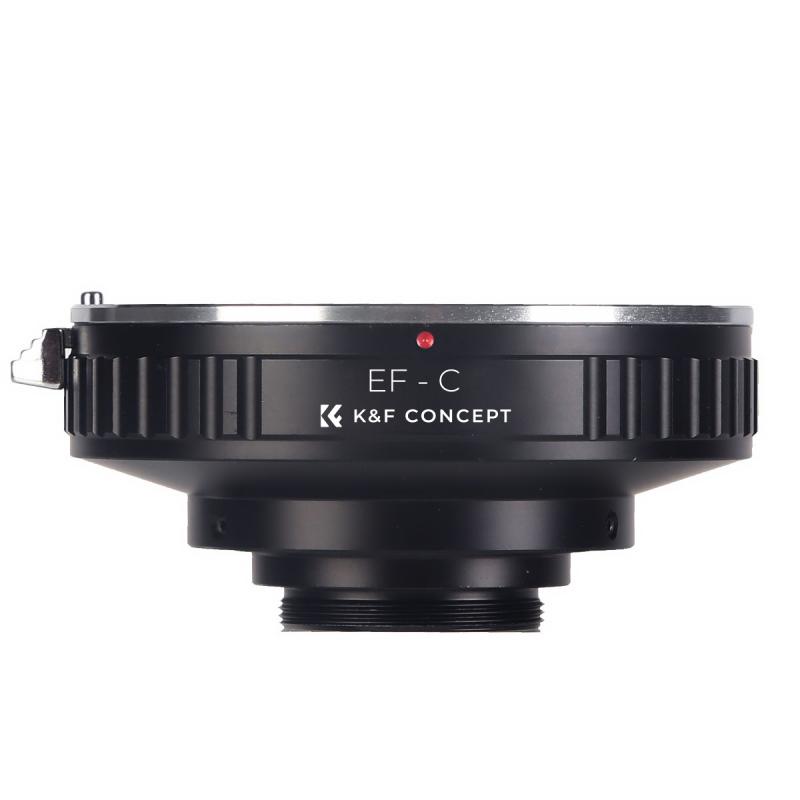















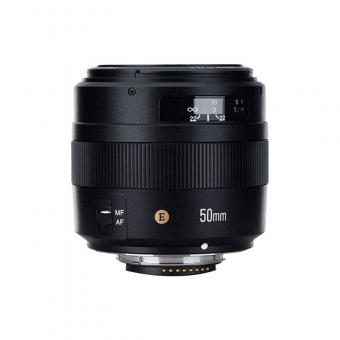




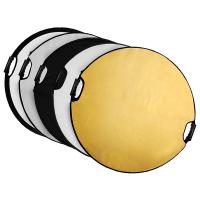


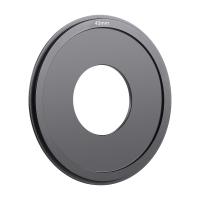
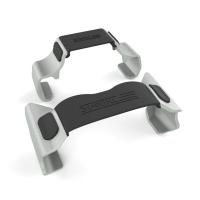

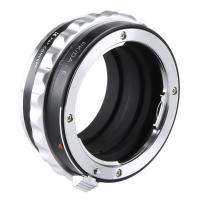



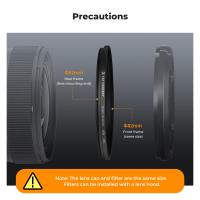

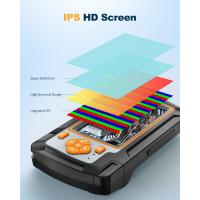




There are no comments for this blog.